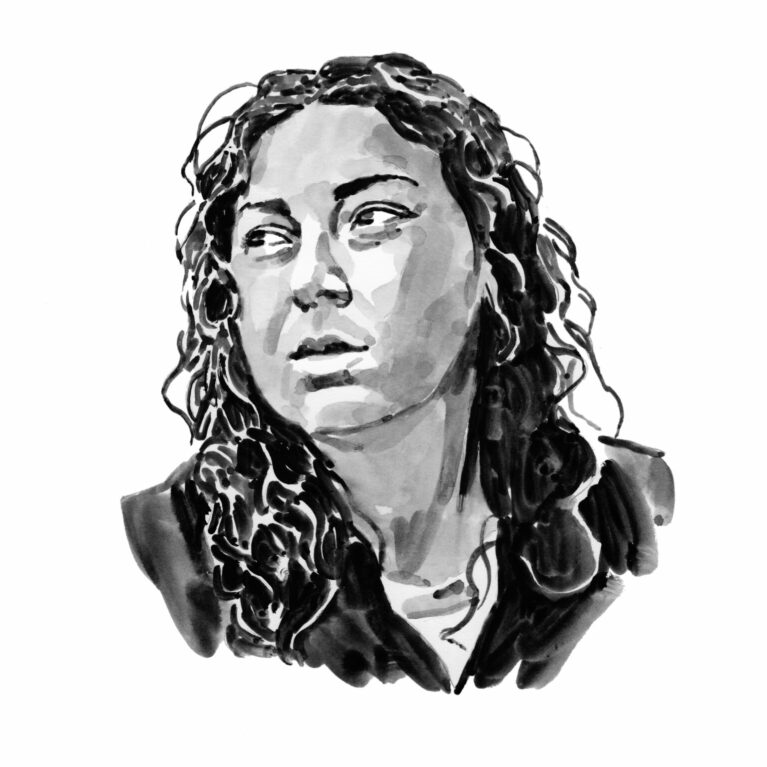Roxani Naasan

Who I am
In my earliest memories I used to snorkel, searching for small cavities and caves in rocky shores where sponges and octopus might lurk and turning over small rocks in the hope of seeing brittle stars and hermit crabs on the move. To this day, I have a recurring peaceful dream in which I’m swimming in calm waters that are full of colourful sea stars and sea urchins and, in my sleep, I watch them for hours. I grew up loving nature and drawing and wanted to be a naturalist observing and describing ‘new species’. I eventually came to realise that this profession is obsolete, and marine biology was the next closest thing. I studied marine sciences at the University of the Aegean, and although during my studies I was mostly interested in marine spatial planning, it took only one visit to a fish auction during my internship at iSea to fall in love with elasmobranchs and fisheries-related research. For the past five years I have been working at iSea on various projects that focus on marine litter, elasmobranchs and meadows of Posidonia sea grass. However, research and conservation relating to elasmobranchs are what excite me the most and that is where I hope to continue my career.
Where I work
At iSea, an NGO based in Thessaloniki, Greece, for the past five years I have been managing projects on elasmobranch research and conservation, and in marine protected areas where I focus on important habitats such as sea-grass meadows. With regard to elasmobranchs, I’m currently participating in the Angel Shark Project: Greece and obSERVING NATURE; in the past I have worked on elasmobranch fisheries and trade in the northern Aegean, bycatch in the Mediterranean, and improving fishery stakeholders’ knowledge of sharks and rays and the need to protect them, among other projects. My tasks in these assignments vary from field or laboratory work to administration and running capacity-building workshops. I have also taken part in the drafting of the national chondrichthyan checklist for Greece and Cyprus and the sub-regional action plan for the three angel shark species in the Aegean and Cretan seas and Cyprus. Finally, I participated in the Important Shark and Ray Areas (ISRA) workshop for the Mediterranean Sea and co-authored the proposals for the Thracian Sea Shelf, south-eastern Aegean Sea, Amvrakikos Gulf, Larnaka and Akrotiri bays and the Dodecanese and Truva Shelf areas of interest.
What I do
My current routine varies from season to season, as I do conceptualisation, proposal writing, field work, analysis, reporting and administrative work. This gives me the opportunity to enjoy and evolve in multiple aspects of working and gain a broader perspective of conservation. However, if I were to say what I enjoy the most, it would definitely be field work! I prefer working aboard fishing vessels to diving, as I enjoy the social aspect of working with fishers and gradually seeing the difference that learning basic biology and ecology makes in their perceptions of and attitudes to sharks and rays and to marine ecosystems in general. In this project, I collect biological data for the rough skate in the Thracian Sea Shelf ISRA aboard local fishing vessels. These data will help us understand the skates’ spatio-temporal use of sites within the ISRA for breeding, as well as the impact of local fisheries on the rough skate population by assessing rates of bycatch and post-release mortality. In the latter case, we use conventional dart tags and determine short-term release mortality by assessing in survival tanks the health of incidentally caught individuals. The anticipated results will serve as a baseline for the future management and conservation of this endemic and Endangered skate in the Thracian Sea.
